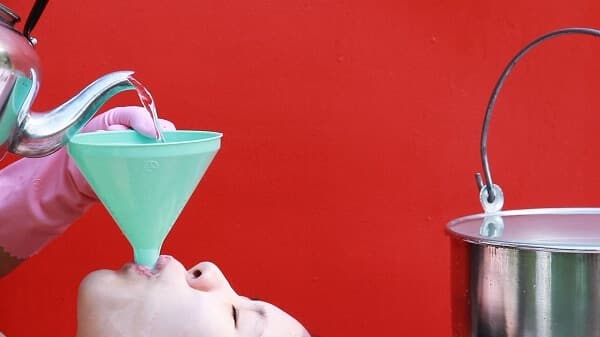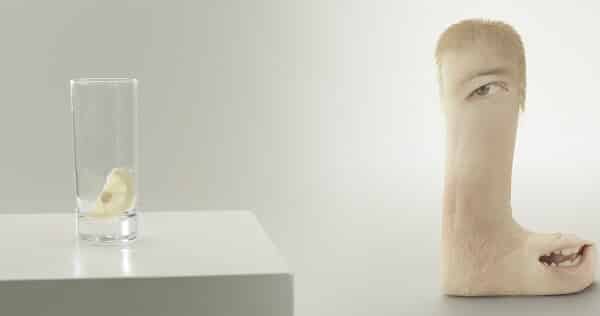‘BODIED’ explores creative ruminations of the human form, which take us far beyond our everyday imaginings of the capabilities and visual aesthetics of the body while also looking at how our physical form is shaped by the influences of society and the world we live in.
Until 1 March, the Art Gallery of Western Australia (AGWA) is host to an extraordinary showcase of video works by Australian and international artists, which includes Gordon Bennett (AU), Cheryl Donegan (US), Wong Ping (HK), Jani Ruscica (FI) and Kawita Vatanajyankur (AU/TH), alongside an artist book from collaborative artists Alin Huma (AU/RO/JP) & Cheiko Kawaguchi (JP). ‘BODIED is curated by Rachel Ciesla, AGWA Associate Curator, Projects and Robert Cook, AGWA Curator of West Australian and Australian Art.

Bodily representations from the quirky to the sensuous, and the ‘don’t try this at home’ kind of explorations ignite curiosity and wonder in ‘BODIED’. But as the gallery notes “While there is humour in this exhibition, most of the works are a kind of protest, a position against unfair power structures that impact on the bodies and lives of some and not others; balancing this, others take up the problem of the expressive potential of the body in more open-ended ways.”
Bangkok-based artist Kawita Vatanajyankur endures physical and emotional hardships in her performance and video works. By positioning herself as the female subject, like we see here in the work titled Poured (2013), Vatanajyankur shakes our awareness to the experiences of women in Thailand and around the world, who are impacted by arduous labour and the problems stemming from global consumerism. She says, “Through my work, I place strong emphasis on the value of the female gender and underline their contribution to the world. I also highlight the hardships endured by labourers—those who are disregarded by the world of materialism, consumerism and industrialism.”
AGWA proposes that by utilising the freedoms of video and technology as the medium to create work “artists are able to set up situations that play with the capacity of the moving image and sound to act out surprising, playful and compelling scenarios that totally involve the viewer.”
In Helsinki-based artist Jani Ruscica’s video work Human Flesh (2019), Ruscica considers ‘the phenomenon of language, its communicative capacity as well as its basic existence as sounds and shapes.’ Distorted faces animated with human voices have been constructed into sculptural manifestations of letters spelling out the title of the work in a setting akin to a laboratory for scientific experimentation. The peculiar flesh-like characters “sensuously mouth and project a range of words that make us aware of the intimate relationship between our biological reality and the culture that binds and divides us; our language comes into being through the specific capacities and limitations of the human body, a body it then shapes in turn.” The more I look at these oddly contorted hybrid messengers the stranger they become. A sense of being pulled and pushed and turned and bent into a new shape collides with my own imagination.

Alongside the above mentioned works are Gordon Bennett’s video work entitled Performance with object for the expiation of guilt (Apple Premiere mix) (2014), Cheryl Donegan’s video Head (1993), Wong Ping’s video animation Stop peeping (2014) and Alin Huma & Cheiko Kawaguchi’s artist book IOU (2003). Want to find out more about the artists and these works? Click here.
The placement of ‘BODIED’ in AGWA’s Centenary Galleries, a once authoritarian place where law courts and police offices operated for over 70 years between 1905 and 1982, provides a contextual space for this collection of works. AGWA suggests that here “the exhibition can be seen as a poetic response to the human impulse to monitor and control other humans more broadly, the challenges of which shape us all today in various ways.”
Visit AGWA’s website here for gallery open times, location and to see what exhibitions and events are coming up next.